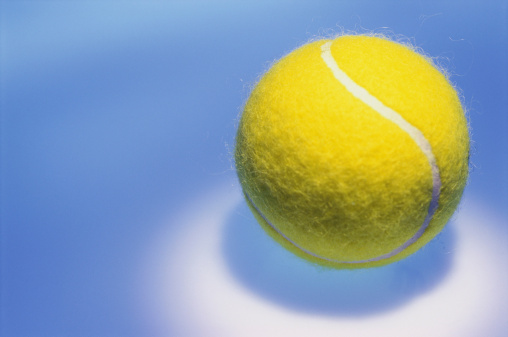Reality and Fantasy
Don’t overplay … playing your game is the best bet

Being a tennis coach necessitates a unique ability to connect with the player. Tennis is a game of skill, strength and strategy. As a coach, the challenge is to guide a player to perform their best in all of those aspects and then come back the next day reaching for more. As in any sport, there is that elite group of athletes at the top that we are inspired by. Those players, whose names are all too familiar, impress and amaze us with their talent and passion for the sport. They are, if not heroes of the sport, symbolic of what can be achieved.
In a tennis training center, from technically fine-tuning a swing, to tweaking a serve, to inspiring a player’s game strategy, one of the most pressing issues for coaches is balancing a player’s expectation of what they are capable of doing at that moment and what they would love to be able to do.
If you have been around the game long enough, it is evident how the top professional players are influencing the game style for the rest of us. From the powerful ground shots, to exceptional movement, penetrating serves, and the return of serve, watching a match is often a truly inspiring event. Now consider that junior player who just saw an astonishing match and decides to try that spectacular first serve or to make every shot a winner. What’s the big deal? Well, the big deal is that junior player we is trying to hit the same balls as the professionals and forgetting what they are physically, if not emotionally, capable of. And the result is often trying to hit too hard, trying for too many winners, which often results in unforced errors. They often attempt to serve too hard or possess too great a sense of urgency to end the point rather than work the point. All-the-while, the player is only 5’4", they are playing entirely the wrong style of game, and so they become negative and begin a downward spiral.
We all know working on fundamentals is critical for development and that the more solid and developed the mechanics, the lower the chances are that things will fall apart under pressure. It is also important to factor in that players progress and mature physically and emotionally at different rates and at different stages in their training.
While many coaches focus on an all-court game, young players need to work more on their serve and also their return of serve. I personally believe that these elements are often overlooked and under-trained. Achieving a higher percentage of first serves, and in the return game trying to make as many first serve returns and do more with the second serve return, are elements that need more attention. Learning how to work the point—when to rally, open the court up or hit the ball deep or deep and down the middle, and not always going for winners—needs to be a training priority. The professionals play long points and shifting to that mindset can help a young player progress.
In today’s world of tennis, coaching needs to focus even more on balancing the expectations of players with their own personal reality, addressing with players and parents how to formulate clear goals that take into account the age and physical capabilities of the player, all while accepting that there is a learning curve. While watching other players or professional matches are useful training tools, each player needs to stay true to himself and his own game. Those flashy shots that younger players are trying to emulate won’t win the match, but a commitment to playing a point properly and competing hard will. It might be a cliché, but there really aren’t any short cuts to the top, so train hard and don’t forget to enjoy the ride.






